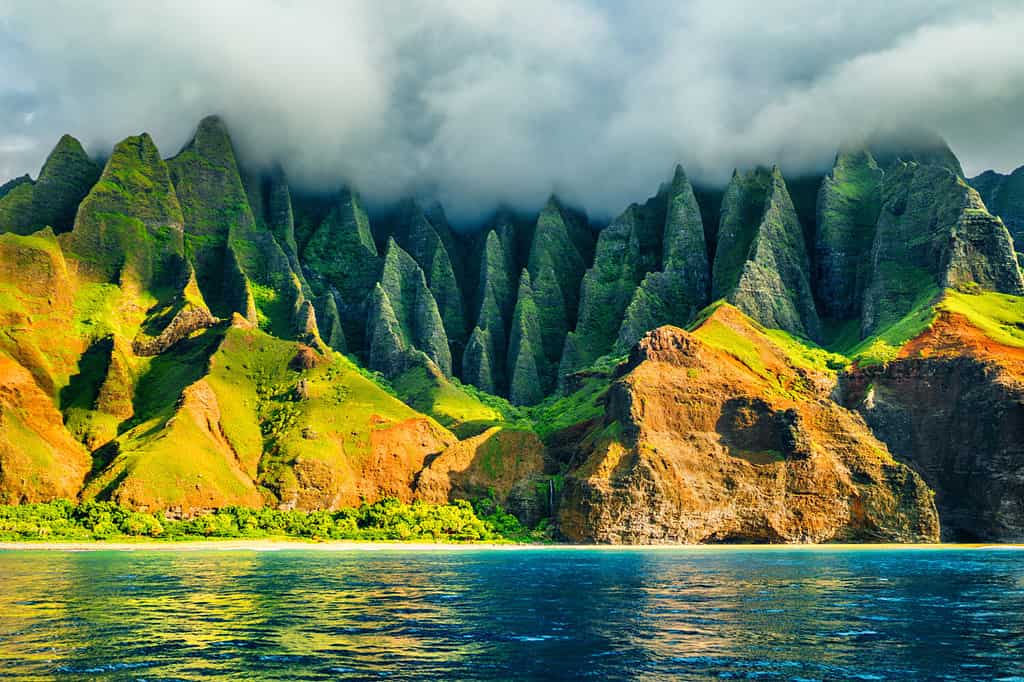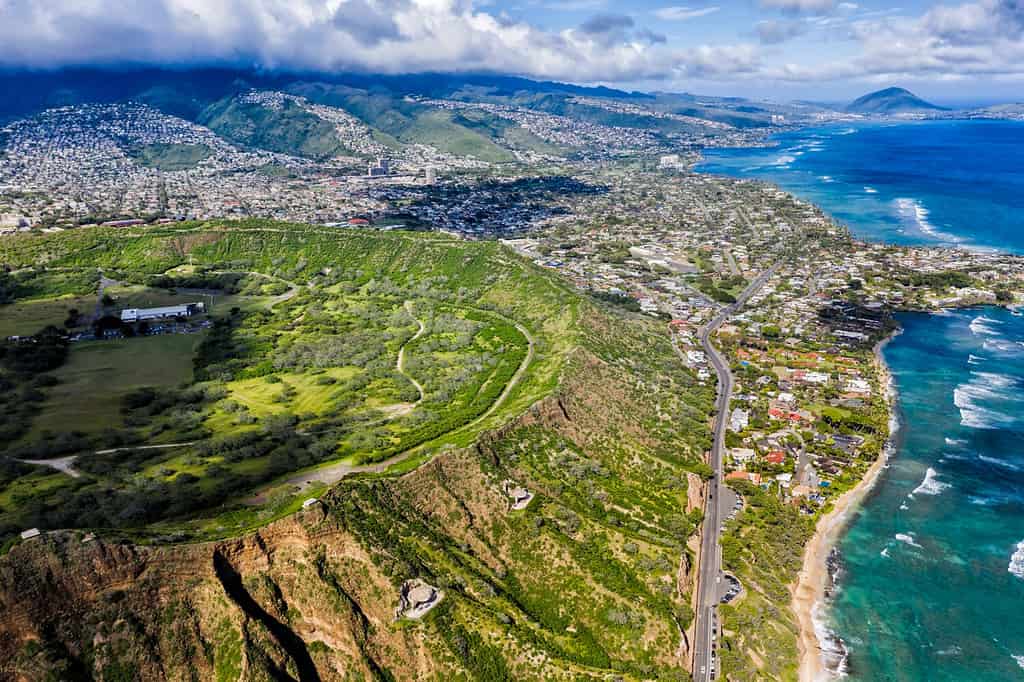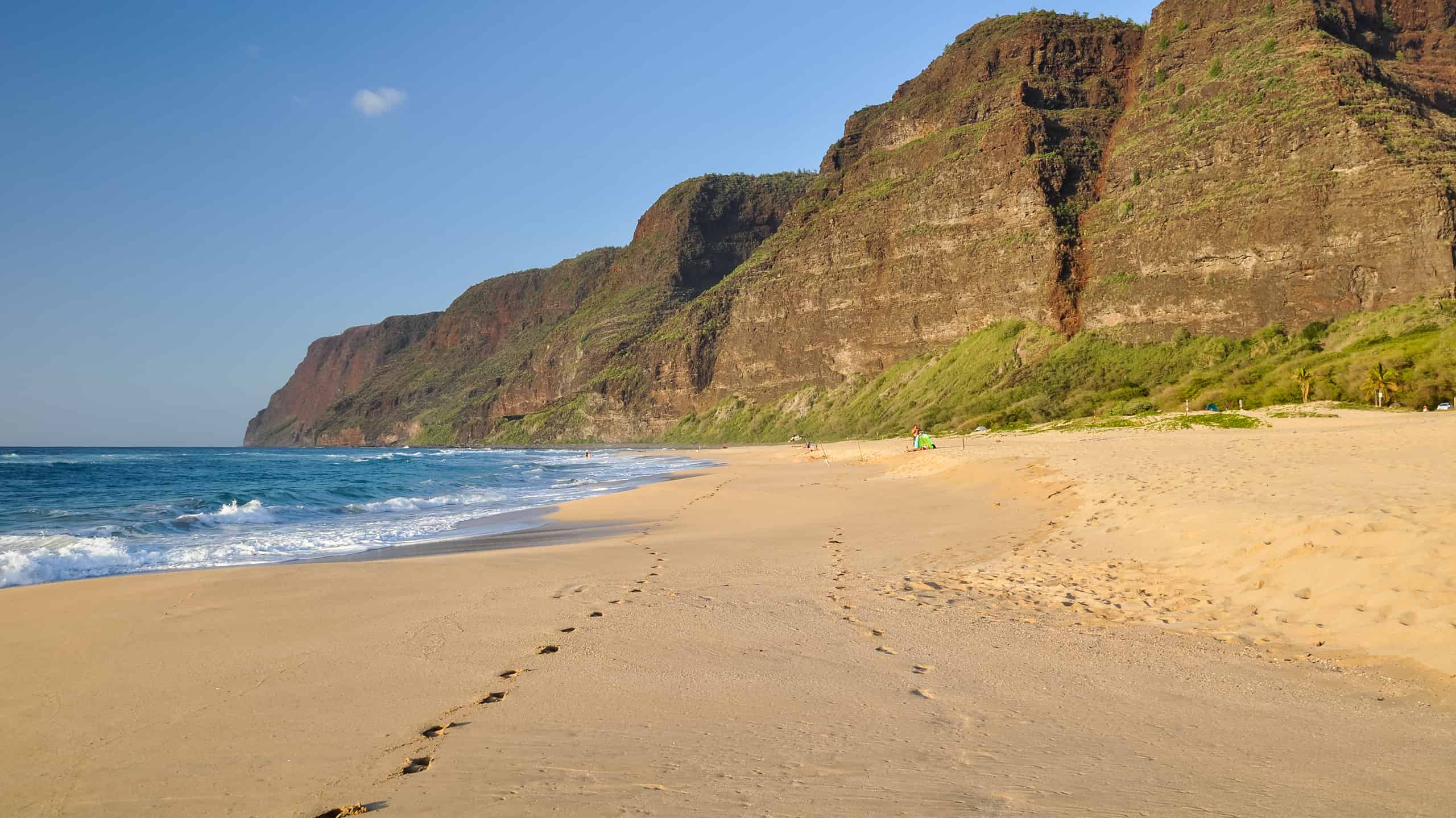Known as the Rainbow State, Hawaii is one of the most beautiful and breathtaking states to visit. It is also the only one with eight separate major islands that form the state. Each of the major islands has its own distinct style and personality, not to mention amazing views and sights to see. They vary in size but together make up Hawaii, the 50th state.
History of Hawaii
The story of Hawaii goes back many years. The exact process of people getting to Hawaii has become part of the cultural traditions and legends of the islands. In fact, the name Hawaii actually comes from Hawaiʻiloa, the name of the mythical navigator who was said to have discovered the islands.
The islands were first populated as early as 1,000 years ago. Over many years, the islands were ruled by independent chieftains. It wasn’t until 1810 that they were unified and recognized as an independent kingdom. In 1893, a coup primarily led by American businessmen on the island overthrew the monarchy. Hawaii became a US territory in 1898 and a state in 1959. The many years of repression of the native Hawaiian culture has recently become a more talked-about issue.
How Many Acres Is Hawaii?
Overall, Hawaii includes 137 islands. The eight major islands are Hawaii, Maui, Kahoolawe, Lanai, Molokai, Oahu, Kauai, and Niihau. Smaller islands and islets fill out the archipelago, which covers almost 1500 miles in the Pacific. The entire archipelago is roughly 7 million acres. The eight largest islands make the up biggest portion of that acreage and are certainly the most visited.
The Hawaiian islands are all different sizes and shapes. This is because they are a chain of volcanic islands, formed over many years as a result of the natural processes of the earth. The formation of the islands is a major part of Hawaiian oral storytelling. Visitors to all of the islands see and explore many volcanic craters as well as summits.

The terrain of the Hawaiian islands reflects the way the islands were formed.
©Maridav/Shutterstock.com
What Is Hawaii Known for?
Surfing is a popular pastime associated with Hawaii. Some of the best surfing competitions in the world take place on the North Shore of Oahu. Even those not familiar with surfing can give it a try with a guided lesson on less intense waves. Hawaii also has great places to snorkel and scuba dive.
The natural beauty of the islands is second-to-none and the beaches stand out in Hawaii. While white sand beaches abound, there are also black, green, and even pink sand beaches. With a lot of natural areas, hiking and camping are also popular.
Hawaii is also a melting pot of many cultures. Traditional native Hawaiian culture is strong on most islands and has gained a lot of support in recent decades following many decades of colonization that threatened to wipe out traditional practices and even language. Asian cultures are also heavily represented since Hawaii’s location in the Pacific Ocean is closer than any other state to the continent of Asia. Because it is a world-famous tourist destination, there are also many visitors from other countries that come to Hawaii.

Traditional Hawaiian culture is expressed through using many natural elements of the islands.
©Deborah Kolb/Shutterstock.com
Animals in Hawaii
The natural beauty of the Hawaiian islands is breathtaking. From sandy beaches to swaying palm trees, there are plenty of places to enjoy the splendor of the natural world. Wildlife, such as the Hawaiian monk seal, manta rays, and albatross all call the area home. Humpback whales are seen at the end of the summer as they migrate south in preparation for colder months.
Even though you can come up close to many wildlife species in Hawaii, you should still take care to preserve the natural world. The hawksbill sea turtle and green sea turtle are two species that are endangered. If you come across a nesting location, leave it alone. Sea turtles typically nest in late fall and early winter. You are likely to see a sea turtle when snorkeling or scuba diving.
Hawaiian monk seals are also endangered. People who disturb seals get heavy fines. If a seal comes ashore on any beaches, officials section off the area and prohibit people from getting too close. It may be tempting to get close for a selfie but you should give the seals their space. The Laysan albatross lives in Hawaii. Another key species whose habitat is almost exclusively the Hawaiian islands, the albatross should also be given their space. The State Wildlife Action Plan details how residents and visitors can learn about and protect animals in Hawaii.

Sea turtles are a common sight while snorkeling or scuba diving.
©Shane Myers Photography/Shutterstock.com
How Many Square Miles (and KM) is Hawaii?
Hawaii Island, also called the Big Island, is the largest of the Hawaiian islands. It is 4,028 square miles or 10,432 square kilometers. A big portion of the Big Island is devoted to agriculture. There are also black lava fields that look like something out of a science fiction movie. Hawaii Island is by far the largest of the Hawaiian islands.
The next largest island is Maui, also known as the Valley Isle. Maui is 727 square miles or 1883 square kilometers. It boasts a beautiful tropical landscape with pristine beaches and turquoise water. It is less populated than some of the other islands so visitors and locals can really enjoy a tropical beach all to themselves. Maui is also home to Haleakalā, a volcano that is sacred in traditional Hawaiian beliefs.
Next up is Oahu, also known as the Gathering Place. The state capital, Honolulu, is on Oahu. It is by far the most populated island even though it is the third largest at 597 square miles or 1546 square kilometers. Pearl Harbor, Iolani Palace, and Diamond Head are all popular places to visit.
Kauai, or Garden Island, is 552 square miles. This is 1430 square kilometers. Kauai is known for its beautiful natural landscape, specifically the rugged Na Pali coast. Molokai is next at 260 square miles or 673 square kilometers. It has extremely high cliffs and secluded beaches, another great spot to experience the natural beauty of the Hawaiian Islands. Lanai is 140 square miles or 363 square kilometers. Also called the Pineapple Island, pineapple farms on Lanai contributed to the industry for many years. Nihau, or the Forbidden Isle, is 70 square miles or 181 square kilometers. It only opens to outside visitors on a very limited basis due to private ownership.
Kahoolawe, the Target Island, is the smallest of the main islands and only 45 square miles or 117 square kilometers. No one lives there permanently and the state owns the island. It is only accessible for native Hawaiian cultural and spiritual purposes.

Oahu, the state capital, has the most residents.
©Structured Vision/Shutterstock.com
How Big Is Hawaii Compared to Other States?
You may think that as the only state composed of a chain of islands, Hawaii would be the smallest. But it is actually the 43rd largest state, with 7 other states covering less area than Hawaii. Massachusetts is roughly the same size as Hawaii, although all of the landmass is in one place rather than a collection of islands.
The smallest state is Rhode Island, which is roughly 1,545 square miles. It is even smaller than Hawaii’s largest island. Rhode Island, Delaware, Connecticut, New Jersey, New Hampshire, Vermont, Massachusetts, and the District of Columbia are all smaller than the state of Hawaii. The largest state, Alaska, is 665,384 square miles. The entire state of Hawaii could fit in Alaska over 60 times!
Amazingly, Hawaii is the 41st most populated state but ranks 12th for population density. The state has roughly 230 people per square mile. When you consider that large portions of the state are uninhabited, that statistic suddenly has a new meaning. The islands with larger cities and towns really have a lot of residents.
Thank you for reading! Have some feedback for us? Contact the AZ Animals editorial team.








